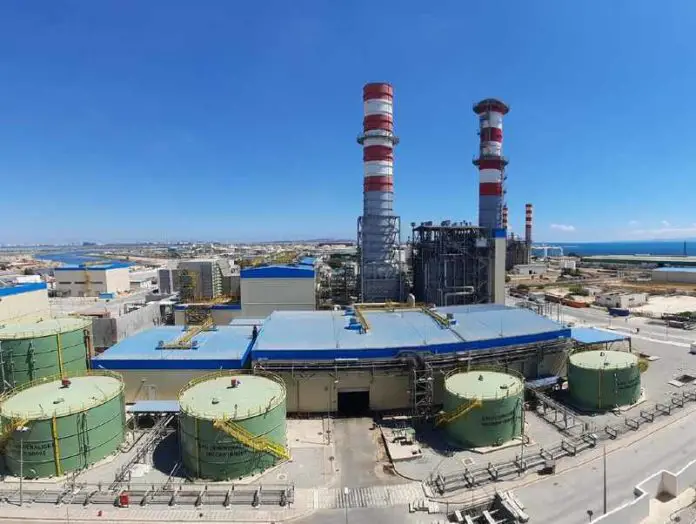Operations have started at the Rades C combined cycle power plant in Tunisia, according to Mitsubishi Power. The power plant is owned by local power company Société Tunisienne de l’Electricité et du Gaz (STEG). The power plant is about 10 km to the east of the country’s capital, Tunis.
A team led by Mitsubishi Power and including partner Sumitomo Corporation created the 450MW facility. The aim of the project was to strengthen Tunisia’s ability to generate more electricity in addition to providing a steady supply. As a result, roughly 10% of Tunisia’s current installed capacity comes from the Rades C power plant in Tunisia.
Moreover, the Rades C power plant in Tunisia was built using hydrogen-ready gas turbine technology. Consequently, it maximizes energy efficiency while emitting less CO2.
Remarks on the Rades C combined cycle power plant in Tunisia
STEG CEO, Hichem Anene stated, “Electricity is a cornerstone of economic growth. Thus the Rades C power plant will be crucial in fostering Tunisia’s expansion for many years to come. We would want to express our gratitude to Mitsubishi Power and the consortium partners for this historic project. As a result, the plant will provide the nation with consistent, dependable, and efficient power to help us fulfill our energy needs today.”
Also Read: Feasibility study underway for Elmed Mediterranean (Italy-Tunisia) electricity interconnector
Mitsubishi Power provided a heat recovery steam generator, steam turbine, and M701F gas turbine for the construction of this plant. Additionally, STEG will receive maintenance assistance from Mitsubishi Power for the power plant as part of a long-term service agreement.
Hideshi Kawamoto, president and CEO of Mitsubishi Power Ltd. Said, “The Rades C combined cycle power plant reflects Mitsubishi Electricity’s long-term commitment to Tunisia. Our advanced technology has assisted STEG to increase the nation’s power capacity over the past 40 years. We are excited to work with STEG to power the nation’s sustainable development goals for many years to come. This is all thanks to our reliable, cutting-edge solutions that are prepared for the future.”
Financing of the project
The project was funded by the Japanese Official Development Assistant under the Japanese government’s Partnership for Quality Infrastructure initiative. The funding was coordinated by the Japan International Cooperation Agency (JICA).
